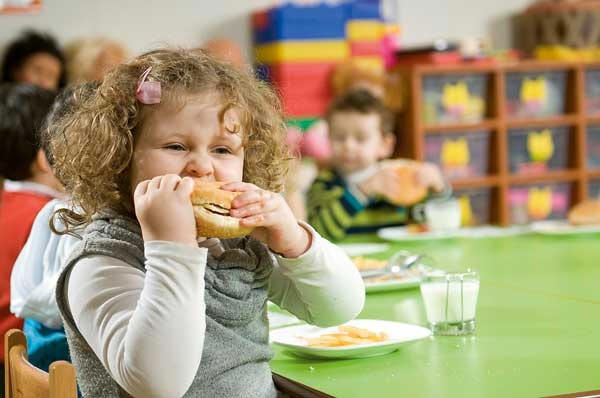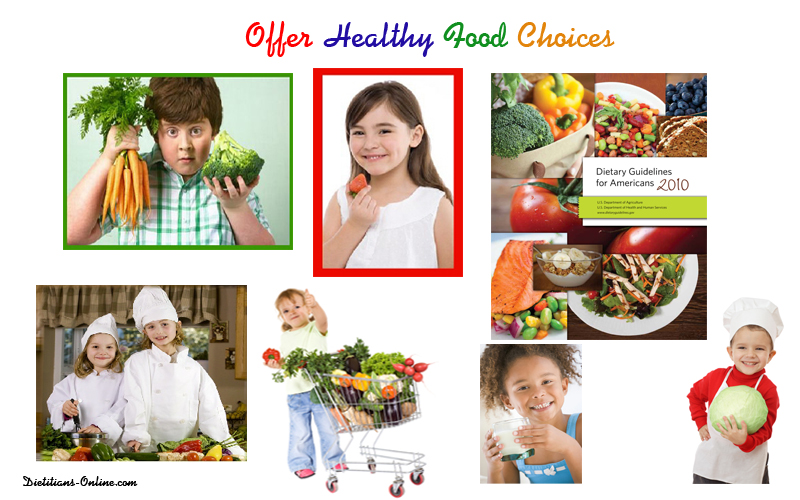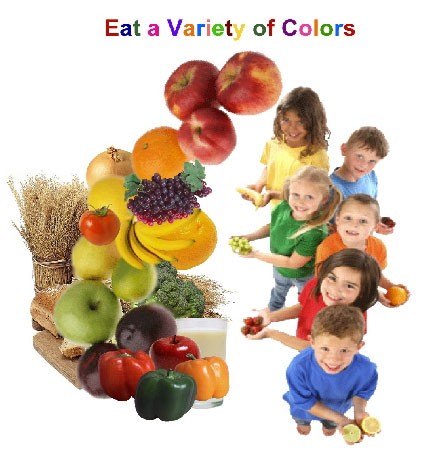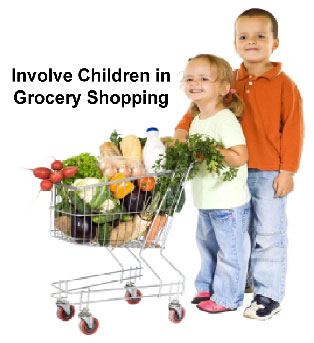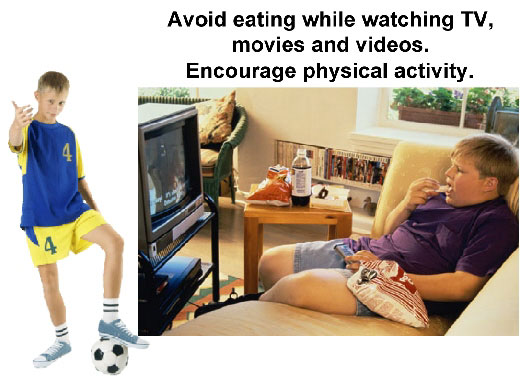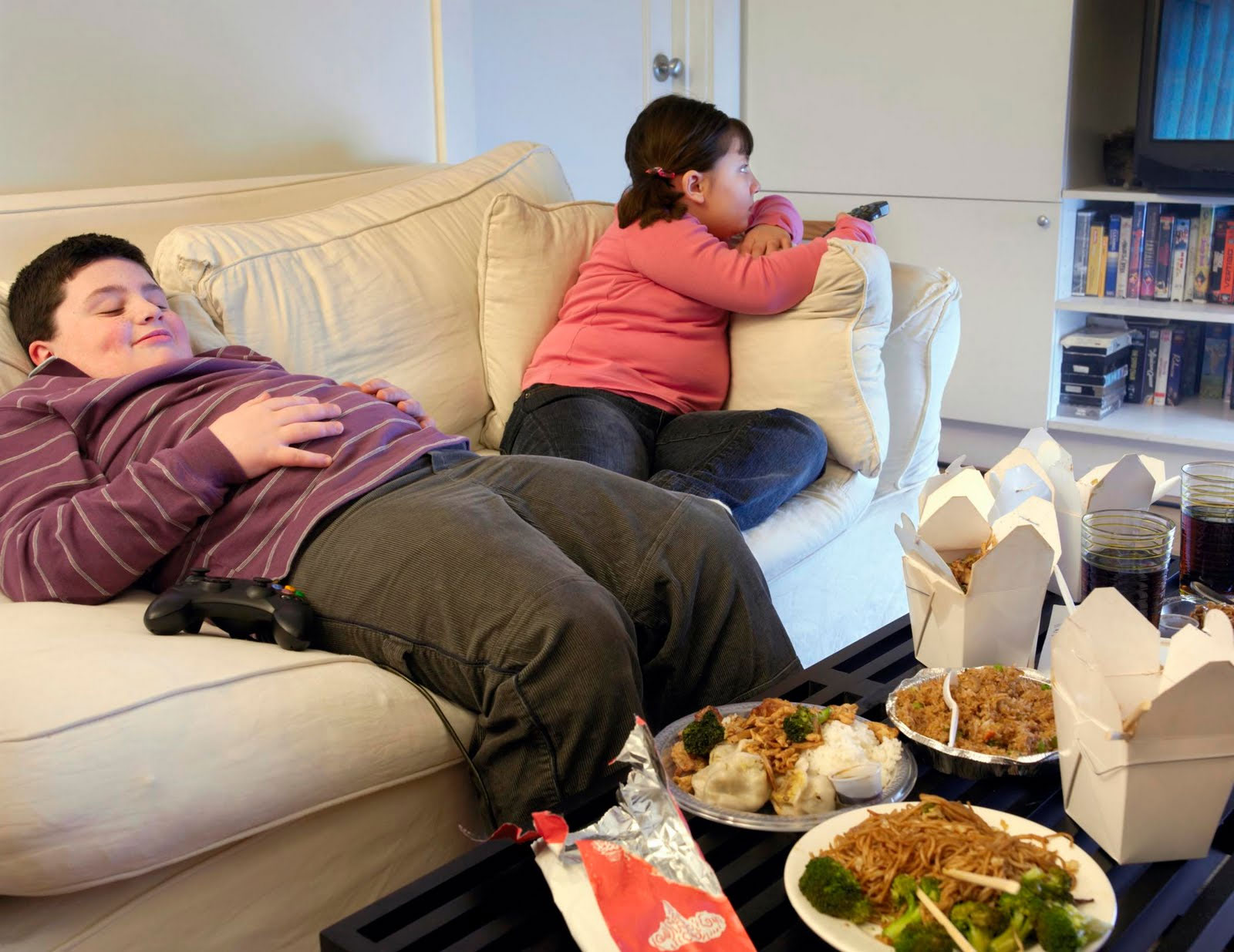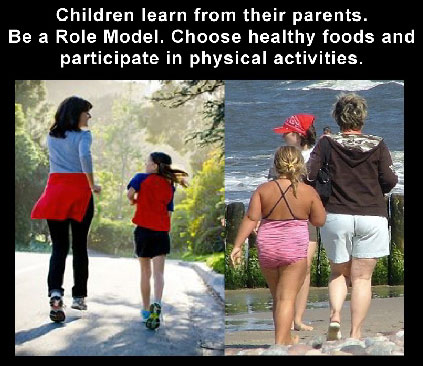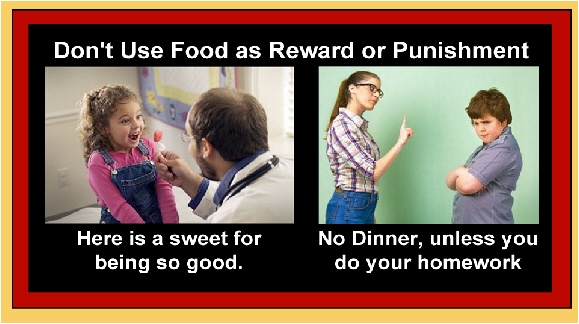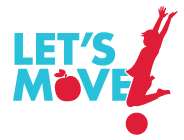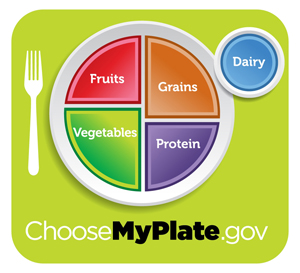"One World, One Home, One Heart"
World Heart Day was created to inform people around the globe that heart disease and stroke are the world’s leading cause of death, claiming 17.1 million lives each year, 80% in the developing world.
The World Heart Federation exists to prevent and control these diseases through awareness campaigns and action, promoting the exchange of information, ideas and science among those involved in cardiovascular care, advocating for disease prevention and control by promoting healthy diets, physical activity and tobacco free living at an individual, community and policy maker level. There work is organized in four programme areas.
Awareness
Advocacy
Applied Research
Sharing Science and Building Capacity
Over 70 per cent of all cardiac and breathing emergencies occur in the home when a family member is present and available to help a victim.
Learn the signs and symptoms of a heart attack or stroke
Warning Signs of a Heart Attack include:
* Chest discomfort, including squeezing or pain in the centre of the chest between the breasts or behind the breastbone
* Discomfort and/or pain spreading to other areas of the upper body such as one or both arms, the back, neck, jaw or stomach
* Shortness of breath with or without chest discomfort
Other signs include: unexplained weakness or fatigue, anxiety or unusual nervousness, indigestion or gas-like pain, breaking out in a cold sweat, nausea, vomiting, light-headedness and collapse.
* Sudden confusion, trouble speaking or understanding
* Sudden trouble seeing in one or both eyes
* Sudden trouble walking, dizziness, loss of balance or coordination
Sharing Science and Building Capacity
Over 70 per cent of all cardiac and breathing emergencies occur in the home when a family member is present and available to help a victim.
Learn the signs and symptoms of a heart attack or stroke
Warning Signs of a Heart Attack include:
* Chest discomfort, including squeezing or pain in the centre of the chest between the breasts or behind the breastbone
* Discomfort and/or pain spreading to other areas of the upper body such as one or both arms, the back, neck, jaw or stomach
* Shortness of breath with or without chest discomfort
Other signs include: unexplained weakness or fatigue, anxiety or unusual nervousness, indigestion or gas-like pain, breaking out in a cold sweat, nausea, vomiting, light-headedness and collapse.
Warning Signs of a Stroke include:
* Sudden weakness of the face, arm, or leg, most often on one side of the body * Sudden confusion, trouble speaking or understanding
* Sudden trouble seeing in one or both eyes
* Sudden trouble walking, dizziness, loss of balance or coordination
* Sudden, severe headache with no known cause
If experiencing any of these signs, which could come and go, call your emergency services/ambulance immediately. If there is no emergency response number, seek medical attention as soon as possible.
CVD risk factors include:
* Being overweight
* High blood cholesterol
* Tobacco use
* Lack of physical activity* High blood pressure
* Presence of diabetes
Visit the World Heart Foundation for more information.
If experiencing any of these signs, which could come and go, call your emergency services/ambulance immediately. If there is no emergency response number, seek medical attention as soon as possible.
CVD risk factors include:
* Being overweight
* High blood cholesterol
* Tobacco use
* Lack of physical activity* High blood pressure
* Presence of diabetes
Visit the World Heart Foundation for more information.




